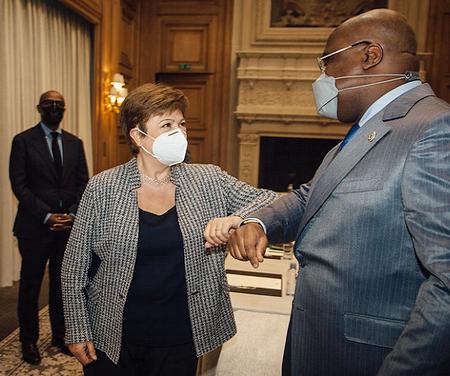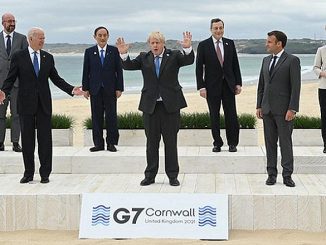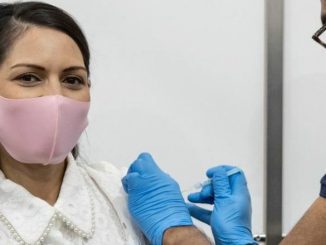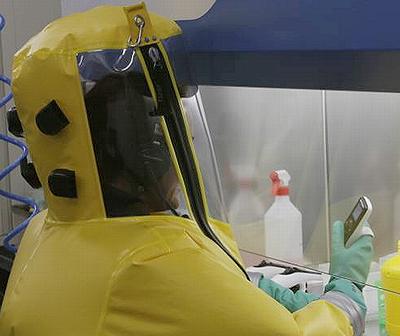
WASHINGTON, DC, August 11, 2021 (ENS) – To address the global need for financial reserves during the current two-pronged public health and resulting financial crisis, the International Monetary Fund’s Board of Governors has approved a general allocation of Special Drawing Rights, SDRs, equivalent to US$650 billion.
“This is a historic decision – the largest SDR allocation in the history of the IMF and a shot in the arm for the global economy at a time of unprecedented crisis,” IMF Managing Director Kristalina Georgieva said, announcing the offering August 2.
“The SDR allocation will benefit all members, address the long-term global need for reserves, build confidence, and foster the resilience and stability of the global economy. It will particularly help our most vulnerable countries struggling to cope with the impact of the COVID-19 crisis,” said Georgieva.
About US$275 billion (worth about SDR 193 billion) of the new SDR allocation will go to emerging markets and developing countries, including low-income countries.
The general allocation of SDRs will become effective on August 23, 2021.
The newly created SDRs will be credited to IMF member countries in proportion to their existing quotas in the Fund.
Click here for a table of the IMF’s 190 member countries and their quotas.
The United States currently has the highest percentage of the total with 17.43% of the quotas, China has 6.40%, Germany has 5.59%, the UK has 4.3%, France has 4.23%, India has 2.75%, Russia has 2.71%, Saudi Arabia has 2.1%, and Mexico has 1.87%, while low-income countries have percentages in the .002% to .11% range.
The proportional distribution of SDRs means that countries with the highest percentage of the quota total can draw the most SDRs, but Georgieva says the IMF is looking for ways to funnel more financing to the lowest-income countries.
Vulnerable IMF Members Not Forgotten
“We will also continue to engage actively with our membership to identify viable options for voluntary channeling of SDRs from wealthier to poorer and more vulnerable member countries to support their pandemic recovery and achieve resilient and sustainable growth,” Georgieva explained.

She asks members with strong financial stability and high quota numbers to voluntarily channel part of their SDRs to scale up lending to low-income countries through the IMF’s Poverty Reduction and Growth Trust, PRGT.
Concessional support through the PRGT is currently interest free.
The IMF is also exploring other options to help poorer and more vulnerable countries in their recovery efforts. A new Resilience and Sustainability Trust to facilitate more resilient and sustainable growth in the medium term is under discussion.
Just Exactly What Is the Special Drawing Right?
The IMF defines the Special Drawing Right as an interest-bearing international reserve asset created by the IMF in 1969 to supplement other reserve assets of member countries.
Calculated daily, the value of the SDR is based on a basket of international currencies: the U.S. Dollar, Euro, Chinese Yuan, Japanese Yen, and the British Pound.
“It is not a currency, nor a claim on the IMF, but is potentially a claim on freely usable currencies of IMF members,” says the IMF, which is governed by and accountable to its 190 member countries.
The IMF defines an SDR allocation such as this as “a way of supplementing IMF member countries’ foreign exchange reserves, allowing members to reduce their reliance on more expensive domestic or external debt for building reserves.”
The International Monetary Fund explains that it exists to promote international financial stability and monetary cooperation. Its primary mission is “to ensure the stability of the international monetary system – the system of exchange rates and international payments that enables countries and their citizens to transact with each other,” according to the IMF’s mission statement.
To that end, the IMF facilitates international trade, promotes employment and sustainable economic growth, and helps reduce global poverty.
Featured image: IMF Managing Director Kristalina Georgieva participates in a news conference during the 2021 Spring Meetings at the IMF Headquarters, Washington, DC, April 8, 2021 (Photo by Cory Hancock courtesy IMF)



